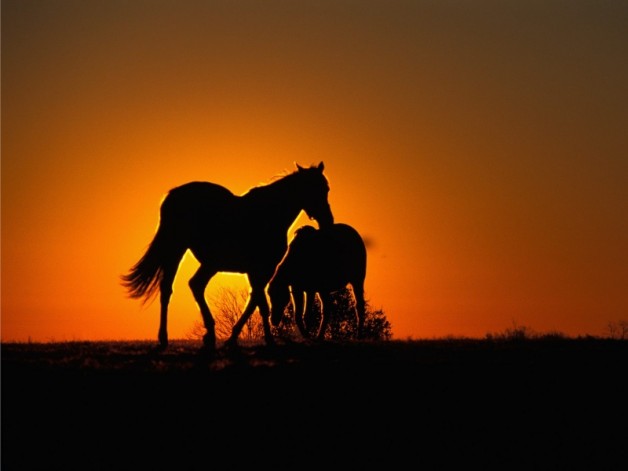By World Equine Veterinary Association
Domestic horses’ reproductive efficiency is often lower than that of horses living in feral herds. In these situations stallions typically live with mares in harem bands, with other stallions in bachelor bands, or occasionally in mixed-sex transitional bands.
Modern husbandry, breeding practices, and social structures of domestic horses differ greatly from natural conditions. For instance, we tend to keep domestic stallions isolated from mares and other horses, with live matings taking place “in-hand” and semen collection carried out using a phantom and artificial vagina. This modern breeding management has resulted in a wide disparity between domestic horses’ sexual behaviour and that of their feral counterparts, where mate-choice systems have evolved in natural conditions.
In most mammal species, the females choose their mates, as they’re the ones that usually invest the most concerning reproduction and parental investment. This also seems to be the case in horses.
Recently, our veterinary team, led by principal investigator Dominik Burger, DVM, PhD, together with evolutionary biologists and immunogeneticists, demonstrated that a stallions’ perception of a mare’s odor can lead to some form of “strategic ejaculation.” Such interactions are likely to be influenced by various factors, including the highly polymorphic (having many forms) genes of the major histocompatibility complex (MHC) that have been shown to influence odors and mate preferences in a range of vertebrates, including humans. Typically, males and females will avoid MHC-similar mates, which could either aim to promote MHC diversity in offspring (i.e., avoid inbreeding) and/or provide an immunologic advantage for the progeny. This demonstrates that social communication directly impacts reproductive success.
This understanding of the effects of social interactions between stallions and mares on their breeding efficiency provides valuable information that breeders and veterinarians might use in the future to optimize breeding management.



